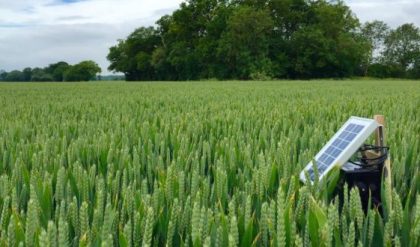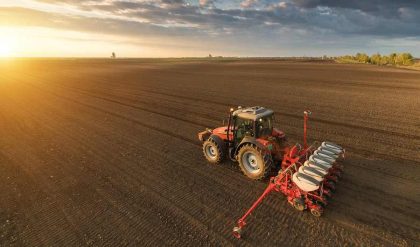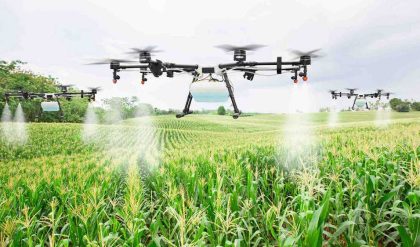Agriculture industry also using GIS techniques for increasing yields, managing resources, reduction of input cost and prediction of future outcomes, improve business practices and many more applications. Workflows and agriculture environment can possible to visualize by using GIS and it is important to those who are involved in it. GIS can be useful for examination of farm conditions and monitoring effects of farm management practices such as estimates of crop yield, soil amendment analysis, identification of erosion and remedies for it, farm input cost such as seed, fertilizers, fuels, labor and transportation. Also useful for submission of government program applications in short time span. In the field, scientific analysis of production data through mobile GIS can possible at the farm manager’s office. GIS technology is useful for increase production, reduction of cost and effective management of the land. Profitability and success of agriculture depends on balancing inputs and outputs of the farm. Using satellite images and GIS can possible to collect visual evidence, in certain fraud conditions. And due to the actual location mapping, it can provide accurate results. Accurate locational data collection is important in strategic decision making. GIS precisely record and publish agriculture data for operating agriculture and funding schemes. RS data provides early warning system, so can possible to improve information on crop conditions. Advance of GIS technology is valuable in management of large quantity of databases, traditional digital maps and data models. Benefits of GIS in many applications and it are very important to decision makers for strategic decision making.
GIS applications are endless, at the national and local level, Ex, agricultural planners use geospatial data for deciding best zone for certain plant, soil suitability, topography, and Size and location of biologically suitable areas can be determined by using rainfall data. The ultimate output includes transport, infrastructure, labor availability, overlays with land ownership and distance to market centers. GIS is useful in modeling, by using real world data for representing natural behavior and simulating the effect of particular processes.
GIS Applications in agriculture:
- Agroclimatic classification can possible from Statistical analysis on historical series of rainfall data
- The effectiveness of the rainfall distribution on crop growth and yield as well as its sowing date and can be predicted by crop simulation model.
- Monitoring of vegetation condition can possible by Normalized Difference Vegetation Index (NDVI) image analysis techniques.
- Prediction of sowing date by using estimated rain data and risk areas by using satellite remote sensing data





Comments are closed.